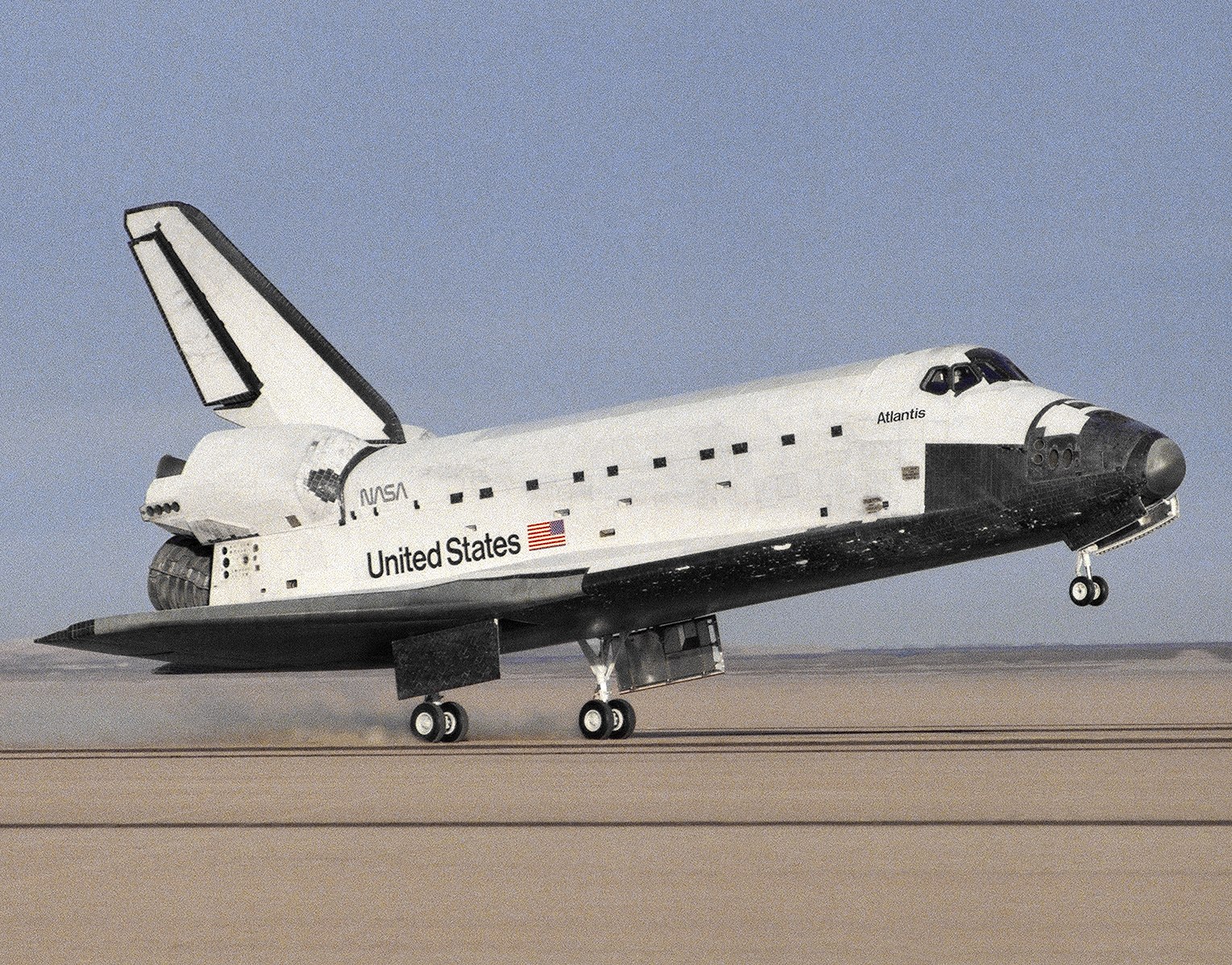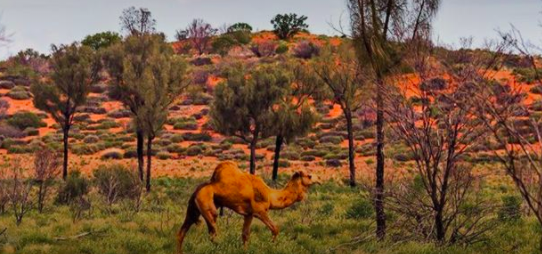Tsar Bomba – Unclassified Footage
Rosatom has released previously classified footage of the largest bomb to ever be detonated, Tsar Bomba.
With a yield of 50 megatons (50 million tons), equal to around 3,800 Hiroshima bombs, the weapon was set off over Novaya Zemlya on October 30, 1961
https://thebarentsobserver.com/en/security/2020/08/rosatom-releases-previously-classified-documentary-video-50-mt-novaya-zemlya-test
Update: I think they took it down? So, this seems to be a re-upload: https://www.youtube.com/watch?v=XJhZ3i-HXS0
Tip: YouTube’s auto-translated captions do a great job turning it into english.




